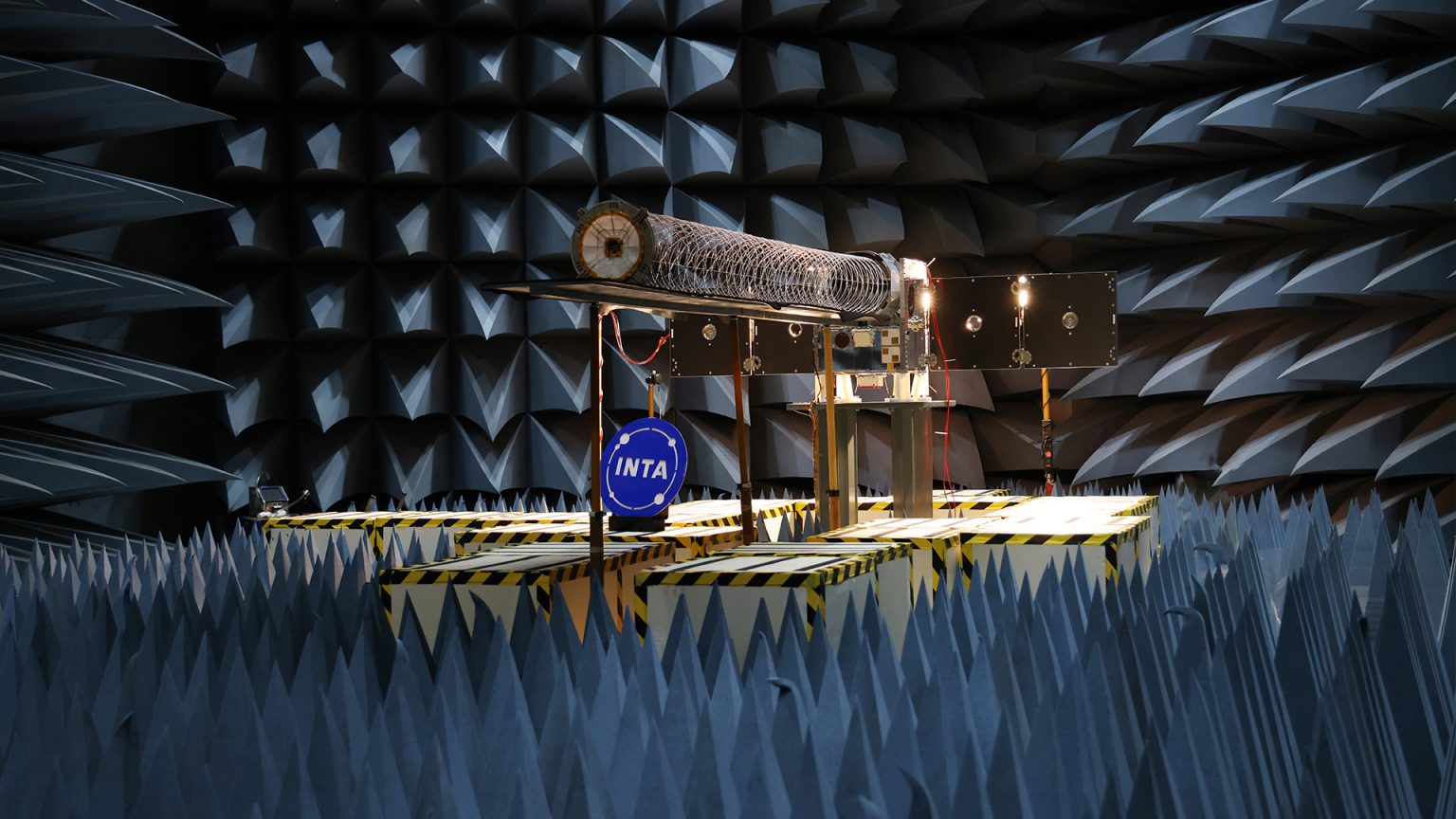Startical is preparing to launch its IOD-2 satellite, an advance that could transform air traffic management in remote regions”
When an aircraft crosses oceanic areas, such as a flight between Madrid and São Paulo, it faces areas without coverage for real-time voice communications between pilots and controllers. To ensure safety in these circumstances, aircraft must maintain large separation distances, which limits airspace capacity and reduces traffic efficiency.
The growth in aviation demand and the need to optimise air routes have driven the development of new technologies that seek to improve communication and air surveillance. Among these initiatives, Startical is preparing to launch its IOD-2 satellite, an advance that could transform air traffic management in remote regions.

The IOD-2 will provide coverage in areas currently without connection, which will allow aircraft to follow more direct and efficient trajectories. This will not only reduce fuel consumption and operating costs, but will also help to reduce CO₂ emissions, in line with the sustainability objectives of the sector.
In addition, the ability to communicate in real time will improve the safety and punctuality of flights. Continuous monitoring of the position of aircraft will facilitate more agile responses to unforeseen events, such as route changes due to adverse weather conditions or medical emergencies.
With this initiative, satellite technology and the Aerospace sector are positioned as key pillars for the future of aviation, offering solutions that combine innovation and sustainability to address the challenges of global air traffic and improve the experience of all passengers flying around the world.





